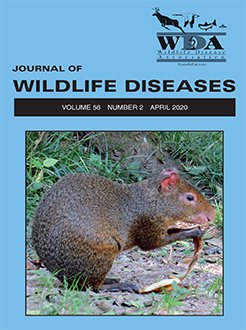Hepatitis E virus (HEV) is a worldwide public health concern, with an increase in human autochthonous cases in Europe. Although domestic pigs and wild boar (Sus scrofa) are the main reservoirs of HEV, the constant expansion of wild ruminants increases the potential for HEV transmission. We investigated HEV infection in chamois (Rupicapra rupicapra) and red deer (Cervus elaphus) in the Italian Alps using an enzyme-linked immunosorbent assay (ELISA). We detected HEV antibodies from 2013 to 2015 in both host species, with seroprevalences of 1.2% and 0.8% in chamois and red deer, respectively. All serum samples that were positive to HEV antibodies by ELISA were negative when tested by real-time reverse-transcriptase PCR to detect HEV RNA. The observed low seroprevalence of HEV suggested a sporadic circulation of HEV in the alpine environment, and it was consistent with the low seroprevalence observed in wild boar in the Alps. Our observations supported the role of chamois and red deer as spillover hosts of HEV infections in the Italian Alps.
How to translate text using browser tools
31 March 2020
Low Serologic Prevalences Suggest Sporadic Infections of Hepatitis E Virus in Chamois (Rupicapra rupicapra) and Red Deer (Cervus elaphus) in the Italian Alps
Tiziana Trogu,
Nicola Ferrari,
Nicoletta Formenti,
Virginia Filipello,
Luca Pedrotti,
Roberto Viganò,
Paolo Lanfranchi,
Camilla Luzzago
ACCESS THE FULL ARTICLE

Journal of Wildlife Diseases
Vol. 56 • No. 2
April 2020
Vol. 56 • No. 2
April 2020
chamois
Hepatitis E virus
Italy
red deer
seroprevalence




